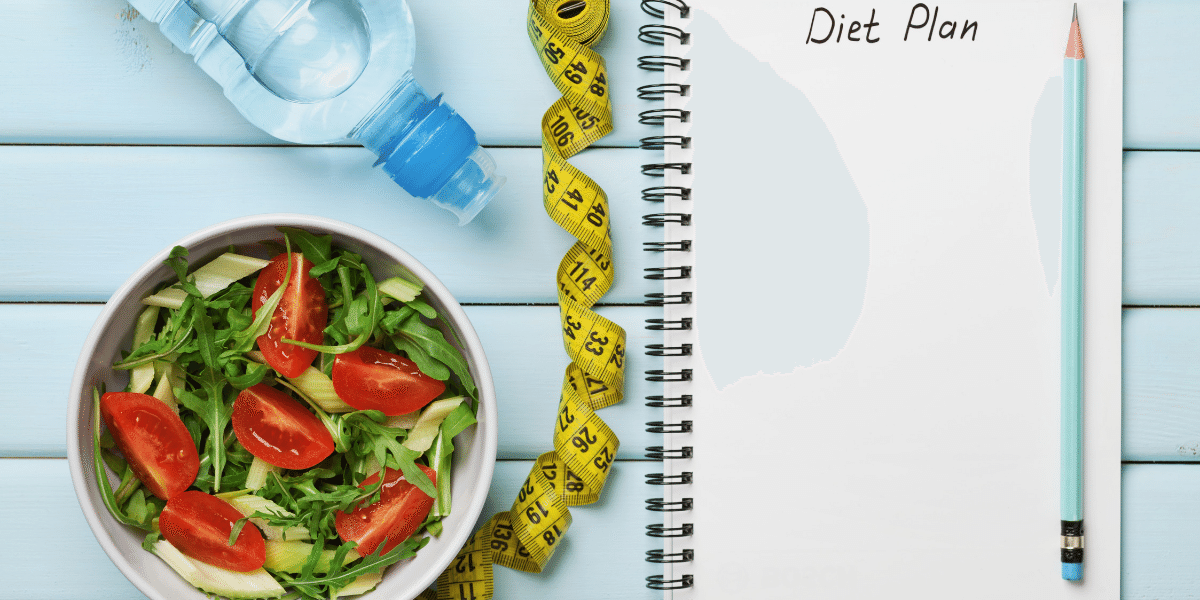When you walk into the store, it’s easy to stock up on cheap ramen, boxes of macaroni and cheese, or frozen dinners. They are quick to make and easy on the budget. Unfortunately, those foods are so processed that they actually do more damage than good. When trying to shop health-consciously, we get scared by the high price tags. For example, there is no doubt that organic apples are much more expensive than regular ones. Or the dehydrated apple chips for that matter. Yet, you can save money by buying healthier options. Here is how changing your diet can save you money.
5 Tips for Changing Your Diet
1. Dive Into Your Food Budget
Many people figure out how much they can spend on food and run with it. Rather than focusing on the amount, you want to look at what you are buying, too. If you are buying a lot of sugary snacks and sodas, you need to refine your list. It doesn’t have to be all at once. You can drop one “problem” item at a time. This doesn’t mean you can’t ever have a soda or sugary snack. Instead, it will be an occasional treat. Replace each item with a healthy version. Drink water instead of soda. That alone is a money saver and far healthier. Replace sugary snacks with fresh fruits. In time you will realize that these highly processed and unhealthy foods cost much more than their healthier alternatives. This is just one example of how changing your diet can stretch your budget.
2. It Doesn’t All Have To Be Fresh
When it comes to vegetables, you can opt for frozen packages instead of fresh produce to save you money. It will also last a lot longer than fresh veggies. Also, make sure to buy foods you like and will eat. It doesn’t make much sense to stock up on peas when no one in the house likes them. However, I do advise avoiding frozen or canned fruits. They use a lot of sugar to preserve the food during the freezing or canning process. I don’t recommend buying anything that is in a can. Take a look at the nutrition labels and see for yourself.
3. Learn About Carbs
Our society either loves carbs or hates them. There are good ones and bad ones. Obviously, it’s the bad ones you want to avoid. Read your labels. A good rule of thumb is if it says enriched flour, don’t buy it. It has no nutritional value. If you can’t pronounce the ingredient, don’t buy it either. They are chemicals that won’t do your body any good. Remember though that there are good carbs out there.
4. Change Your Eating Habits
When you stop eating a lot of processed and high sugars, you eat less. They are fillers that your body digests faster and leaves you hungry much sooner. Eating a cleaner diet with fish, poultry, and beef will leave you feeling better and more satiated. Your cravings for snacking will decrease. When you do snack, some cheese or nuts are great to give you a pick-me-up. It will also fill you up and make you eat less.
5. Meal Planning as You Change Your Diet
If you track your budget for a month, you might be surprised just how much you spend on fast food and take out. Although restaurant food is convenient and delicious, it is not always beneficial for your diet or your budget. You can choose healthy recipes to cook each week. Then plan your make a more specific grocery list based on your meal planning. Try making healthier versions of your family’s favorite dishes. Taking time to think about what you eat will help you build better habits, making it easier to adjust while changing your diet.
The Bottom Line
When you eat healthily, you will experience more healthy days. You will feel good and more energetic. It also means less sick days at work and fewer visits to a doctor outside of an annual checkup. Your insurance premiums, in theory, will drop because you are healthier. You won’t spend as much on medicines and out of pocket costs for hospital visits. It all turns into extra savings that go right back into your wallet.
Read More:
- Saving Money With A CSA
- How to Take Care of Yourself Now for A Healthier Later Life
- Cheap Foods That Are Rich in Nutrients

Jenny Smedra is an avid world traveler, ESL teacher, former archaeologist, and freelance writer. Choosing a life abroad had strengthened her commitment to finding ways to bring people together across language and cultural barriers. While most of her time is dedicated to either working with children, she also enjoys good friends, good food, and new adventures.


